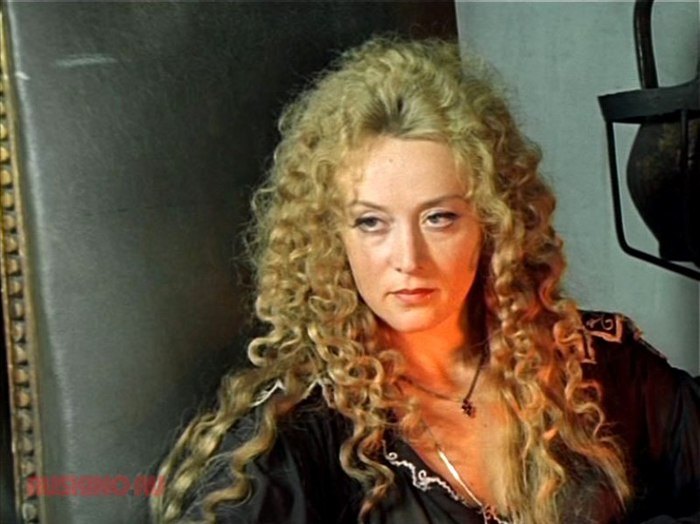In 1787 Jeanne de La Motte escaped from prison Salpetriere by seducing her jailer, and disappeared somewhere in Europe. Four years later, it was rumored that she died in London. Two years before her “death” Jeanne published her scandalous memoirs that defamed the French royal family. Many researchers tend to see a strong discrediting of royal authority in both the fiery speeches of Jeanne de La Motte at the court and her memoirs. And that discrediting played its role in the events leading to the French Revolution of 1789.
Newspapers wrote that Jeanne de La Motte died on 23 August 1791. But some time after her death she was “resurrected” under the name of the Countess Jeanne de Gachet. After changing her name, she also changed her country. In 1812 Jeanne became a subject of the Russian Empire.
Crimean researcher P.V.Konkov quotes a passage from the memoirs of Madame Birch, from which it follows that Jeanne, with her extraordinary wit and charm, managed to fascinate and puzzle even the Russian Emperor Alexander the First: “On the next day, at the appointed hour the Emperor was informed that she awaited him. He went out to the Countess and said, ‘You aren’t who you say you are. Tell me your real name…’” Her half-hour conversation with Alexander the First resulted in that she has joined the group of Pietists traveling to the Crimea. She did it not because of her religious belief, but because of Emperor’s insistent request. It was a strange journey of Russian mystics, the new missionaries, who wanted to convert Crimean Muslims to the Christian faith.
In August 1824 “an old lady of medium height, fairly slender, wearing a gray cloth redingote” stepped on the land of Crimea.
“Her gray hair was covered with black velvet beret with feathers. Her face didn’t seem meek, but it was intelligent and pleasant with living shining eyes. She spoke briskly and fascinatingly in elegant French”.
From the end of 1824 till the beginning of 1825, Jeanne spent her days with the Princess Anna Sergeevna Golitsyna in Koreiz. Then, the Countess moved to another Crimean place, Artek, where she settled in one of the oldest buildings on the coast. It was a lodge, built in the 17th century by the local lime burner. Later people called this building “The devil’s House” and “The House of Milady”. Even today you can hear stories about ghosts living in that “damn house”.
Jeanne died on 23 April 1826. She was buried at the Armenian-Catholic cemetery in Old Crimea. Her grave was decorated with a rococo style monogram, a vase with roughly made ornament, and a small cross at the top. The mysteries of the Countess remained there…
So ended the earthly journey of the Countess de La Motte, Milady, the intelligent and beautiful, lovely and seductive fair-haired devil. Of course, she was a negative character both in the book and in her life, but it’s difficult not to admire her!



















